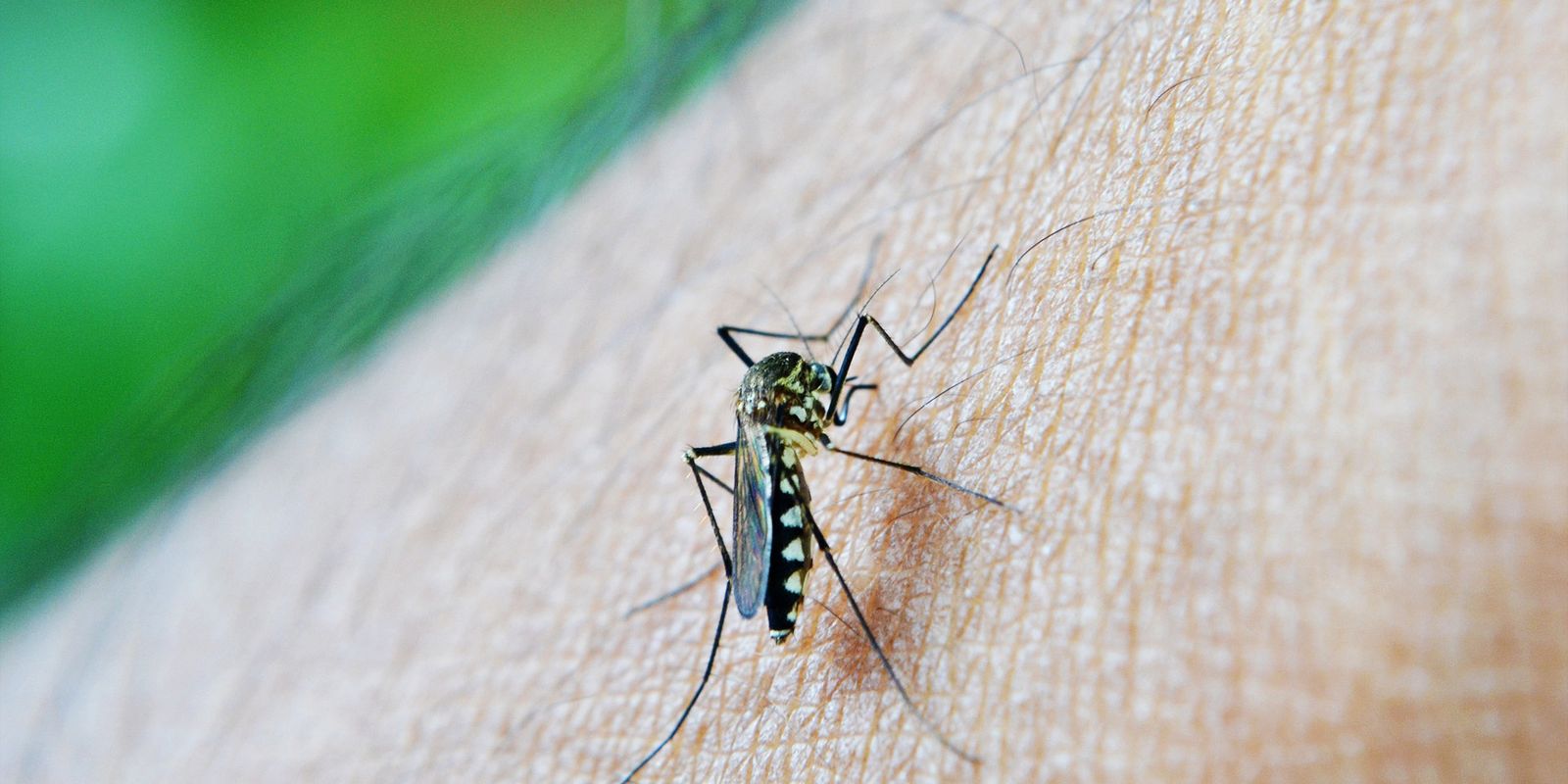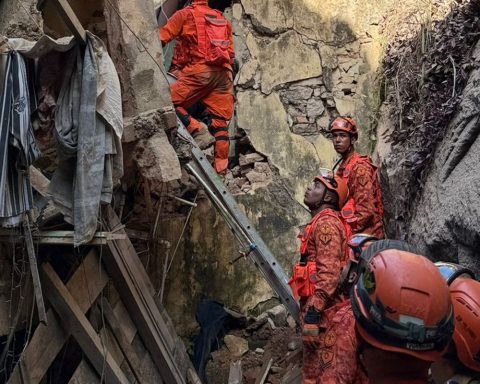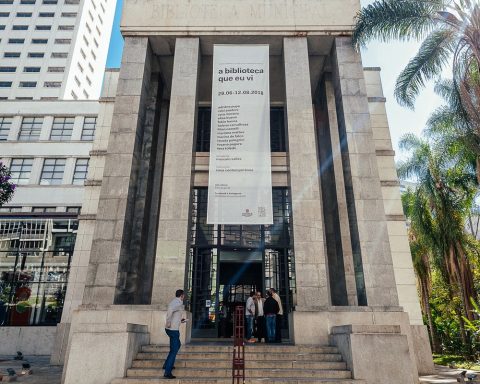Brazilian researchers develop a strategy to combat insects that transmit arboviruses. The work proved that the use of mosquitoes to “self-disseminate” larvicides in their own breeding sites can help control transmitted diseases, especially those carried by Aedes aegypti, such as dengue.
Called the Larvicide Dissemination Station (EDL), the technique attracts the insects to a plastic pot with water, covered with moistened black fabric and impregnated with a very fine powder larvicide. Upon landing, the larvicide adheres to the mosquito that takes it to the breeding site, allowing the substance to reach its larvae and prevent proliferation.
Developed by researchers from the Leônidas and Maria Deane Institute (Fiocruz Amazônia) and the René Rachou Institute (Fiocruz Minas), in partnership with the Municipal Health Department of Belo Horizonte, the project distributed around 2,500 “Larvicidal Dissemination Stations” (EDLs) in nine neighborhoods in Belo Horizonte over two years. According to the investigation, there was a reduction in the incidence of dengue by 29% in these neighborhoods and by 21% in neighboring neighborhoods.
Published in the magazine The Lancet Infectious Diseasesthe research began in a neighborhood of Manaus, capital of Amazonas. Due to the good results, the study was taken to new locations, with larger populations.
“We started a few years ago by testing the hypothesis that existed in the scientific literature that mosquitoes could carry larvicides from one place to the other”, introduces the researcher from Fiocruz Amazônia and one of the authors of the study, Sérgio Luz, “how females lay eggs in several places, they land on the surface, become impregnated with the larvicide and then ‘distribute’ it to other locations.” In the insect, the larvicide acts as a growth hormone in the stage between the larval and pupal stages, causing the larva to continue growing, but without advancing to the next stage, or preventing the mosquito from reaching the adult stage.
With the support of researchers from the University of Brasília (UnB), the study was carried out in Brasília and also obtained good results in reducing diseases. “This happened in the context of the Zika epidemic in 2016. At the time, the federal government was looking for new strategies to combat mosquito vectors, considering that the actions were the same for more than a century”, comments Luz in interview with Brazil Agency. From this, with the Emergency Operations Center (COE) for Dengue and other Arboviruses, different cities were selected to understand how the self-dissemination strategy would work in different areas of the Amazon.
“We had a very significant result, reducing dengue cases by around 30% in the central area, where the dissemination stations are, and 20% in adjacent areas, proving what we had already shown: the mosquito flies and, if it flies , can disperse larvicide to other areas”, informed the researcher.
The strategy developed and coordinated by Fiocruz Amazônia technicians was adopted by the Ministry of Health (MS) in its new action plan to reduce the impacts of dengue and other arboviruses in Brazil, released on Wednesday (18). In the publication, the ministry informs that it will expand the use of EDLs to control Aedes aegypti in Brazilian outskirts. “Now, the Larvicide Disseminating Stations are part of the group of strategies used as public policy to control the mosquito that transmits dengue fever”, celebrates Luz.
“It is important to say that these measures are complementary. The solution still depends a lot, because around 70% of mosquito breeding sites are in people’s homes, so the community and the population need to contribute decisively, not leaving accumulated water, cleaning the land and disposing of rubbish properly” , warns the researcher.
According to the MS Arbovirus Monitoring Panel, by September 2024, 5,428 deaths from dengue and 6,529,520 probable cases of the disease had been recorded. Cases tend to be more common, especially during times of high temperatures and frequent rain.
*Intern under the supervision of Vinícius Lisboa

















